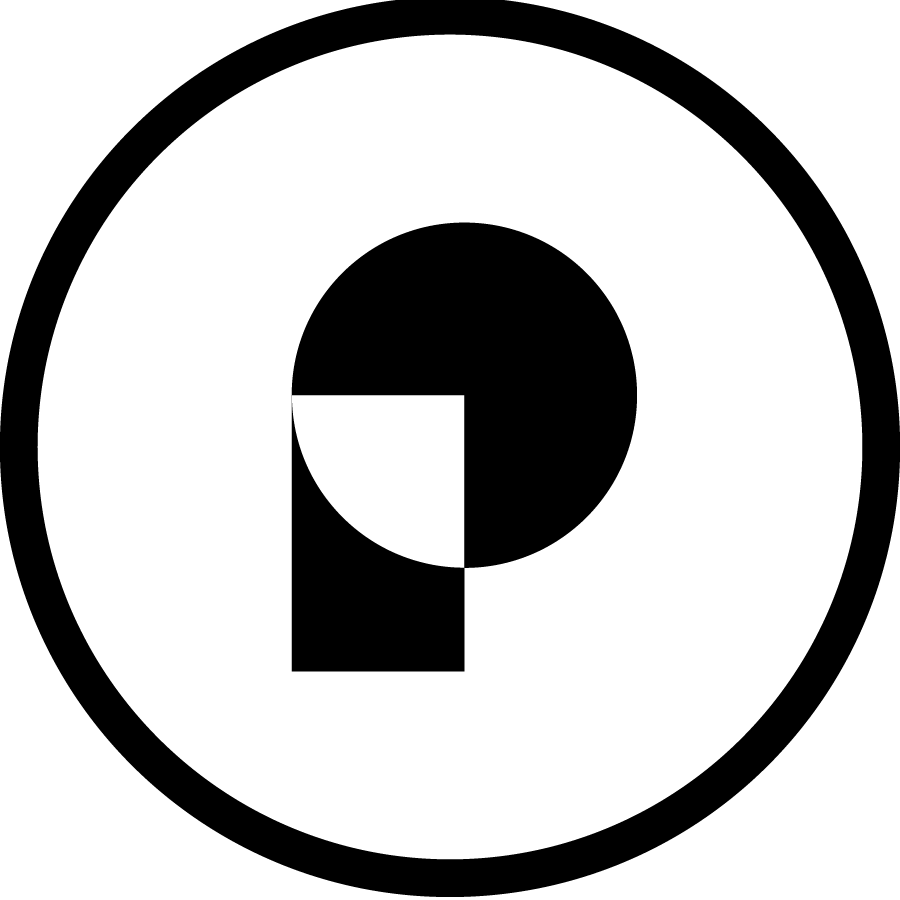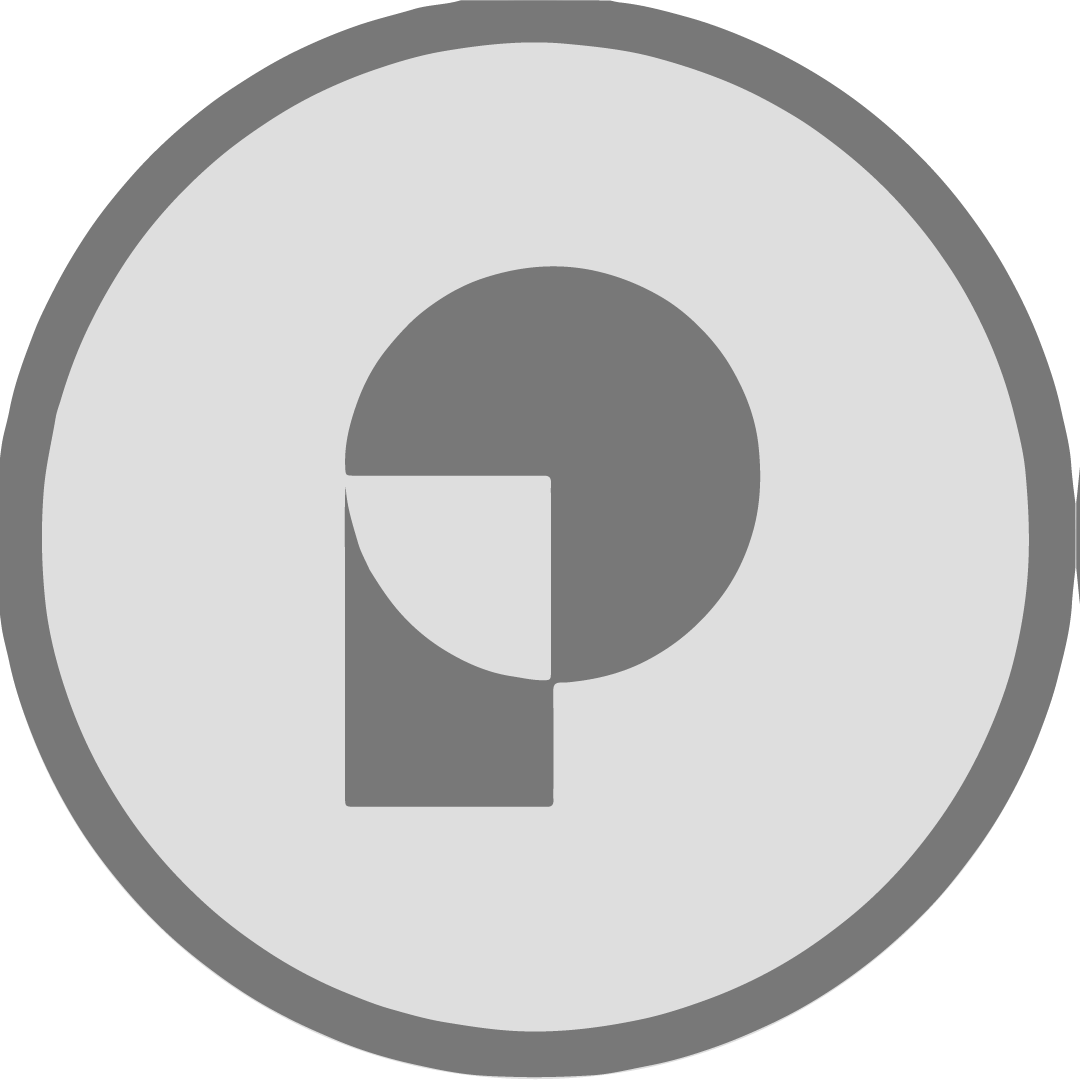The key to making a successful design cannot be detected within a single product or service. The secret instead lies within the process itself. These are my steps that I take with anything I am tasked with designing. This process has allowed me to create successful video games, card games, websites, logos, posters, and so much more.
before I can even begin putting pen to paper, I take plenty of time to ensure I understand the problem. I need to know everything there is to know about the problem. I could make the coolest thing in the world, but if it doesn't properly address all of the specific constraints and requirements, it is unsuccessful.
This is also when I set the Objectives of the design, along with the Key Results that will indicate those objectives being met. By doing so, I am setting the benchmark that I can later use to determine the success of the design.
Before I move on to the next step, I also need to factor in the various priorities and ideals of the client. These should be treated akin to the other requirements of the design when possible to ensure the resulting product/service is uniquely that of the client.
Once the design brief is well understood and contextualized, I conduct research on similar products/services to see how others have handled them. I need to explore outside of the mind first in order to find helpful information, details, and inspirations so I can avoid the dreaded 'empty canvas'.
I eventually will distill this information into a series of PERSONAS, where I can then create and utilize USER STORIES and JOURNEY MAPPING to create a well-rounded understanding of the end user. In order to ensure my design is properly serving its purpose, I need to know with whom my design is communicating with. This technique provides clarity for pivotal decisions that would be otherwise very difficult to make.
Once I know the problem and have a strong understanding of its competitive comparisons as well as its end users, I can finally begin the real design work.
The first thing I always do my best to keep in mind at this stage is to get my ideas out of my head and onto something, anything else. Whether it is writing out my thoughts, recording myself talking, sketching in a notebook, or even cutting up pieces of paper, creating a physical artifact of an idea is so incredibly important to my process. A good idea written down is better than the best idea that is never shared.
The other thing I try my best to do whenever possible is work on finding solutions collaboratively. I always allow people to provide their unique insights in addition to my own, since they have a full life of unique experiences just like me.
After enough time exploring solutions, I will eventually be able to convert all of the discovered ideas into a couple prototypes. Whether they take the form of wireframes, storyboards, physical paper, or anything else is less important. I will always do my best to ensure I have multiple variations as opposed to just one design. This strategy allows for stronger iterations, as I am then able to discard the weaknesses and combine the strengths of each.
Using the previously determined Objectives and Key Results, I can create a way to test the quality of the design, collecting data and evaluating feedback. Surveys and analytics will form a matrix of data points from which I can assess and form conclusions. My favorite thing to do at this stage is provide opportunities for testers to give open-ended feedback about their experience. Oftentimes, this is where I can find unexpected failures or discoveries about the design.
As the designer, I am cursed with knowledge and am unable to view the design in the same way regular users or testers will. Any information I can collect from that process is worth its weight in gold.
The most important step, the secret to the most successful design, lies here. By adding my resulting data and design to the research and references, I can return to exploring possible solutions in a more informed way. I will find new ways to align the design with the original brief and expectations, and eventually conduct more testing on those as well, typically with higher fidelity prototypes. After a few iterations, I am able to quickly arrive at a very successful and highly polished design solution that is ready to be implemented.

